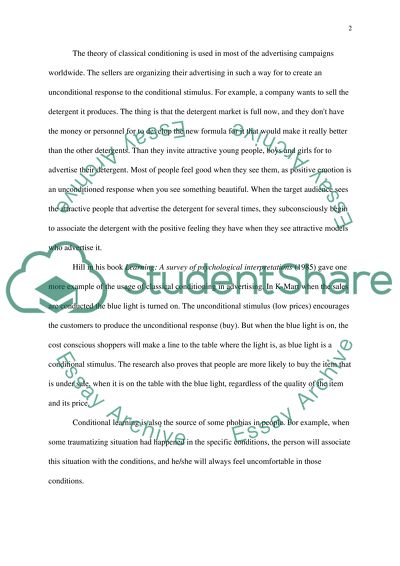The General Process of Classical Conditioning Essay. Retrieved from https://studentshare.org/psychology/1515997-the-general-process-of-classical-conditioning
The General Process of Classical Conditioning Essay. https://studentshare.org/psychology/1515997-the-general-process-of-classical-conditioning.


